Mental Health and Stress among South Asian Immigrants in Toronto, Canada









Over 17% of the foreign-born population were recent immigrants from 2016 till the present. Since the 1990s Canada has been accepting over 200,000 immigrants from around the world. In the past few decades, these immigrants have typically migrated from countries in Asia and Africa.
A majority of immigrants to Canada are “economic immigrants” from South Asia, and ethnic minorities are underrepresented in the mental health care system and have been known to underutilize mental health services. Variables related to the underutilization of mental health services in immigrant populations are age, place of origin, educational level, marital status, English skill, transportation problems, long waiting lists to get medical care, and preferences of one’s cultural services among others.
World Health Organization defines mental health as “a state of mental well-being that enables people to cope with the stresses of life, realize their abilities, learn well and work well, and contribute to their community.”
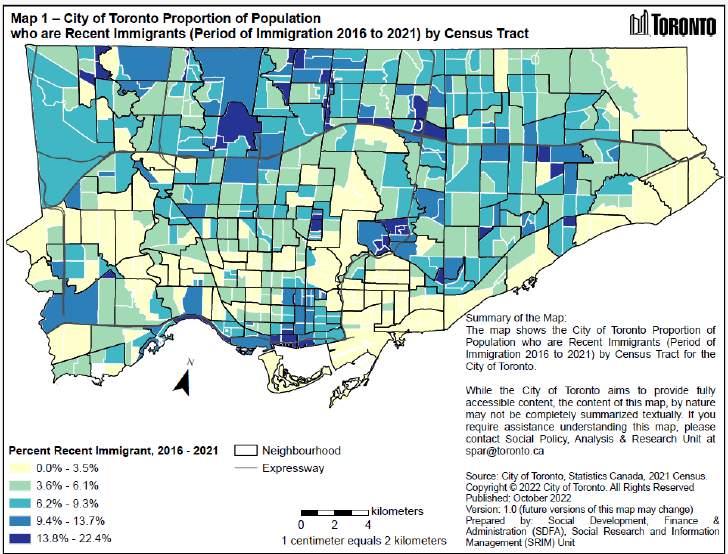
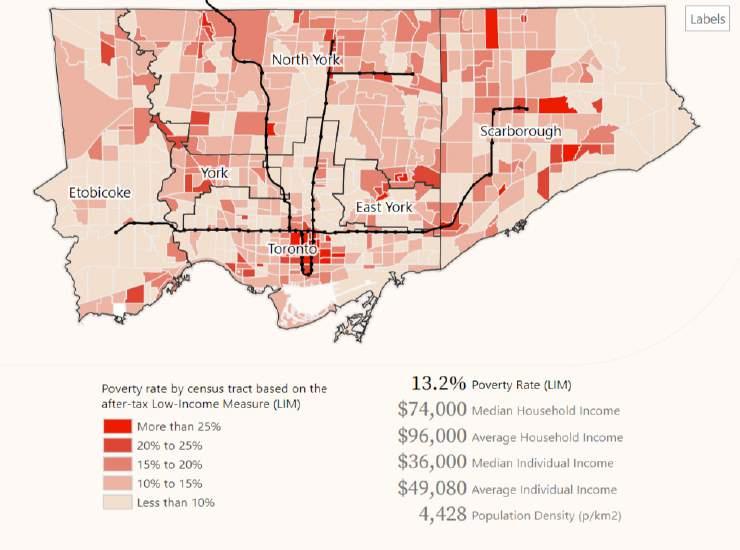
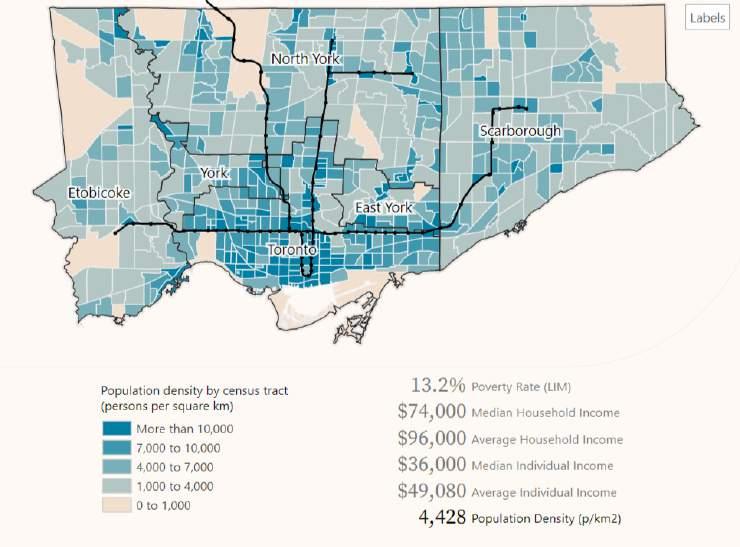
Under the Canada Health Act, Canadians have come to expect “reasonable access to health services without financial or other barriers”. However, research demonstrates that the economic hardships faced by immigrants in Canada affect not only their mental health but also their service utilization.
Site selection - According to the survey, South Asia and Africa account for the largest proportion of recent immigrants in Canada. Like many other immigrant communities, South Asian communities frequently deal with a range of mental health issues in urban environments. These difficulties include, among many other things, social isolation, discrimination, cultural barriers, and limited access to resources.
The primary goal behind choosing a location with South Asian immigrant populations is to address the mental health problems that many recent and older immigrants experience as a result of their relocation. My goal is to concentrate on South Asian immigrants from densely populated areas and investigate how Urban Design may be a vital component of a more supportive and hospitable surrounding environment that can improve mental health for people from all backgrounds. This not only emphasizes how crucial cultural sensitivity is to urban design but also makes communities healthier and more equitable.
To better understand a person’s health, including their surroundings, infrastructure, and culture, I have chosen North of St James Town for my research with unique problems.
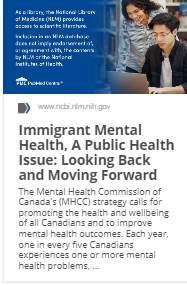
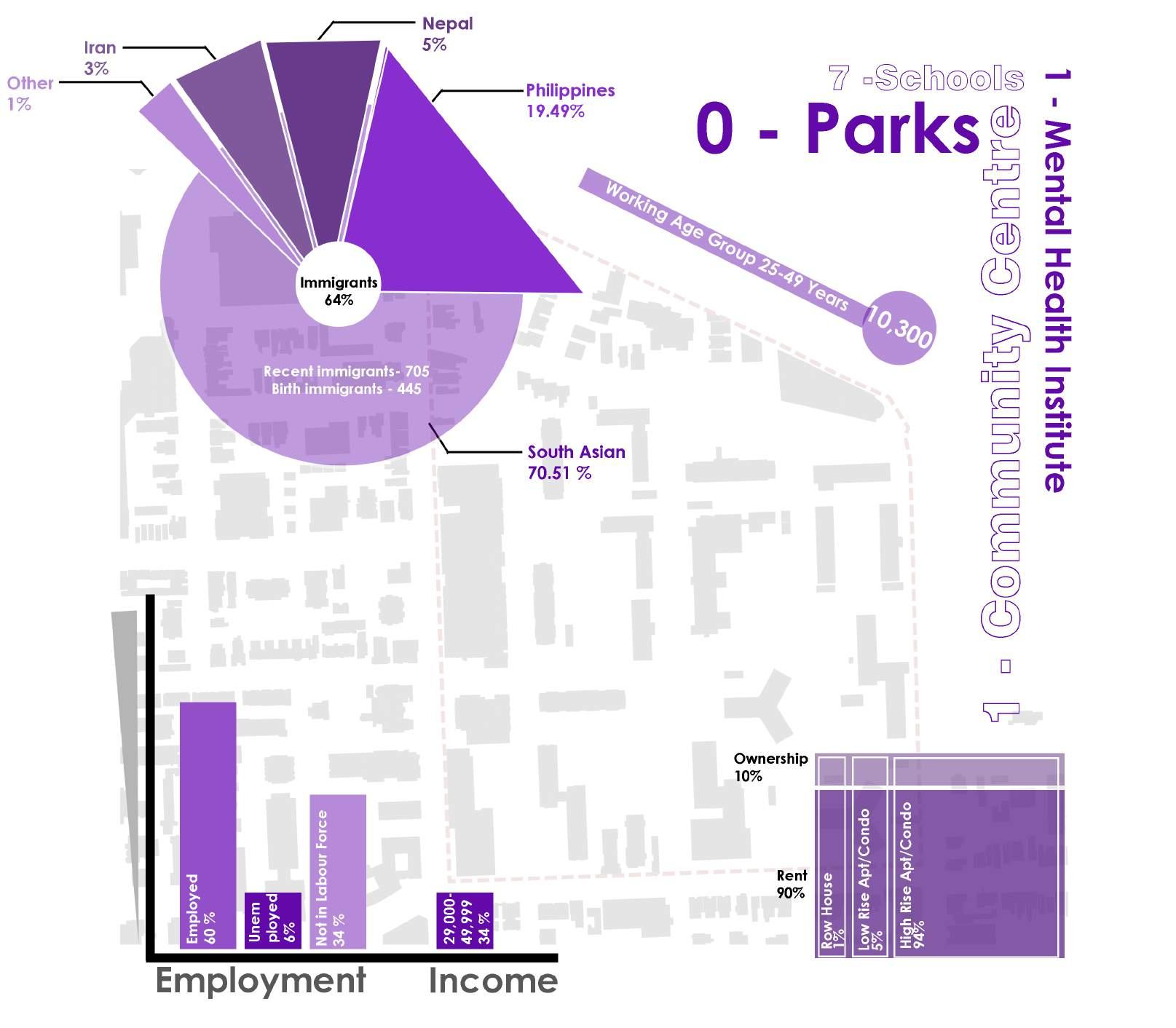
St. James Town is the largest high-rise community in Canada and is the most densely populated neighbourhood in Canada.It is bound by Sherbourne Street to the west, Bloor Street East to the north, Parliament Street to the east and Wellesley Street East to the south.
St. James Town is a high turnover community, where newcomers to Canada make up a large portion of the population. St. James Town is a multi-cultural, multi-ethnic, multi-linguistic neighbourhood. It has been identified as one of 13 economically deprived neighborhoods within the city.
For children’s better education
Location’s overall attractiveness to immigrants
Social networks of families and friends attract immigrants
Pre-existing immigrant communities
Proximity to Transit Hub
Presence of amenities and opportunities
Affordable housing
Low income area
Why the South Asian immigrants choose these neighbourhoods for settlement?
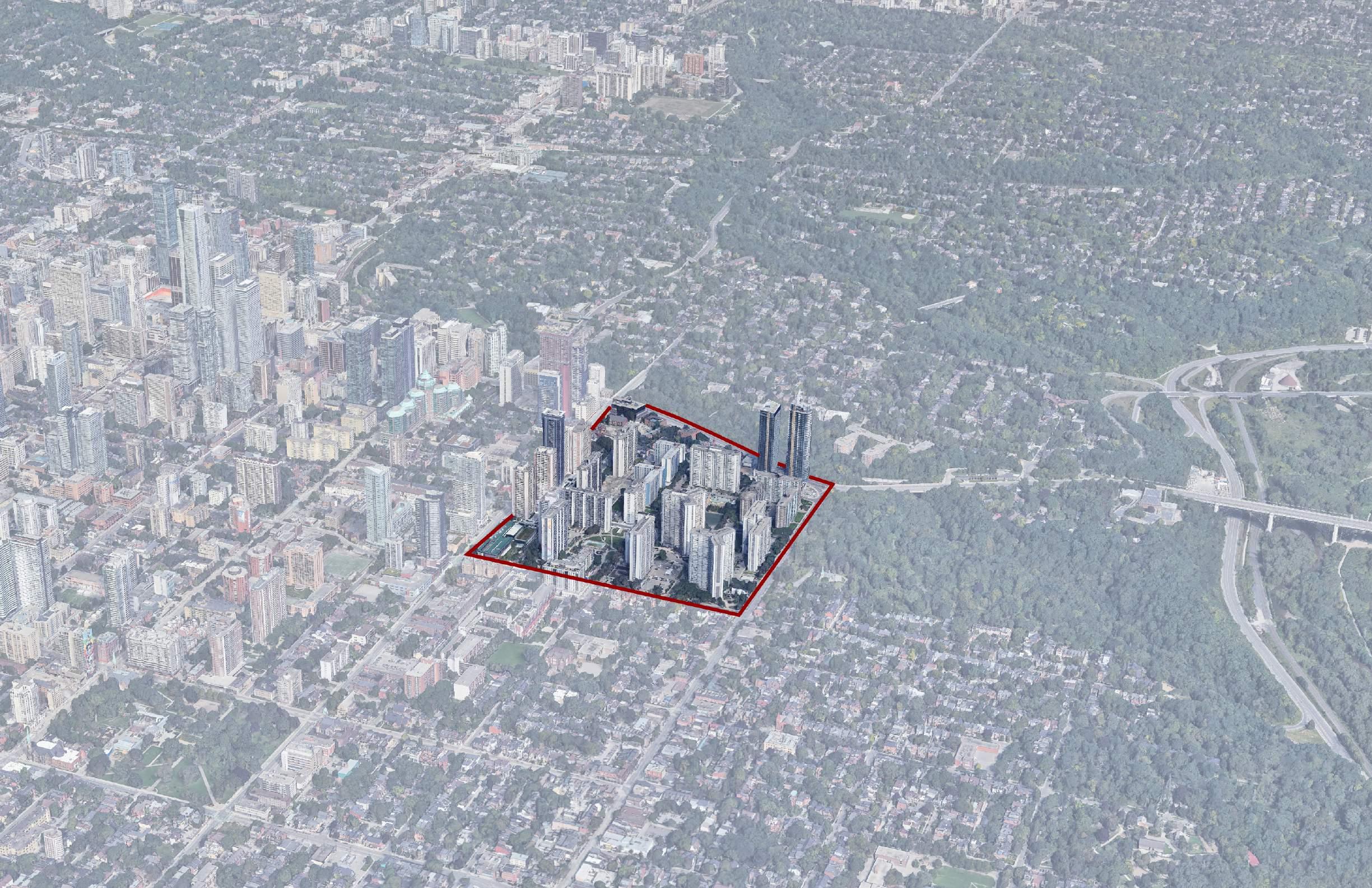
Face poverty, social isolation, and social inequities in their host countries
Poverty
Inadequate job benefits
Instability Discrimination
Underemployed compared to native born Canadians
High rise Living
Poor Housing Quality
Poor Maintenance
Lack of prior Canadian work experience Lack of recognition of their international qualifications and skills.
Over Crowding
Absence of recreational spaces
Lack of awareness of mental health resources
Since they are new to the country, they don’t know or trust people in Canada, so they turn away from reaching out for help
Earn less on the job compared to native born persons
Shameful to admit
Lack of Community Involvement
Poor Infrastructure
Lack of Green Space General lack of services to serve diverse population
Insufficient and Inaccessible community spaces
Language related barriers including discrimination on account of speaking English with a foreign accent

Access Alliance
Multicultural
Community Matters Toronto (CMT) St. James Town Safety Committee South Asians Women’s Centre SJT Action Group TRIEC (Toronto Region Immigrant Employment Council) Health and Community Services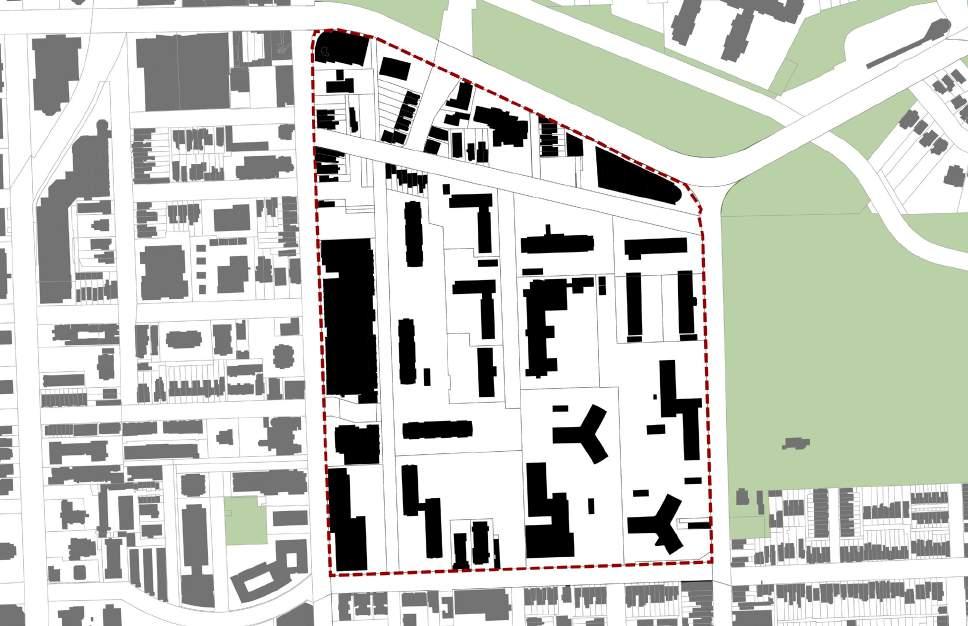
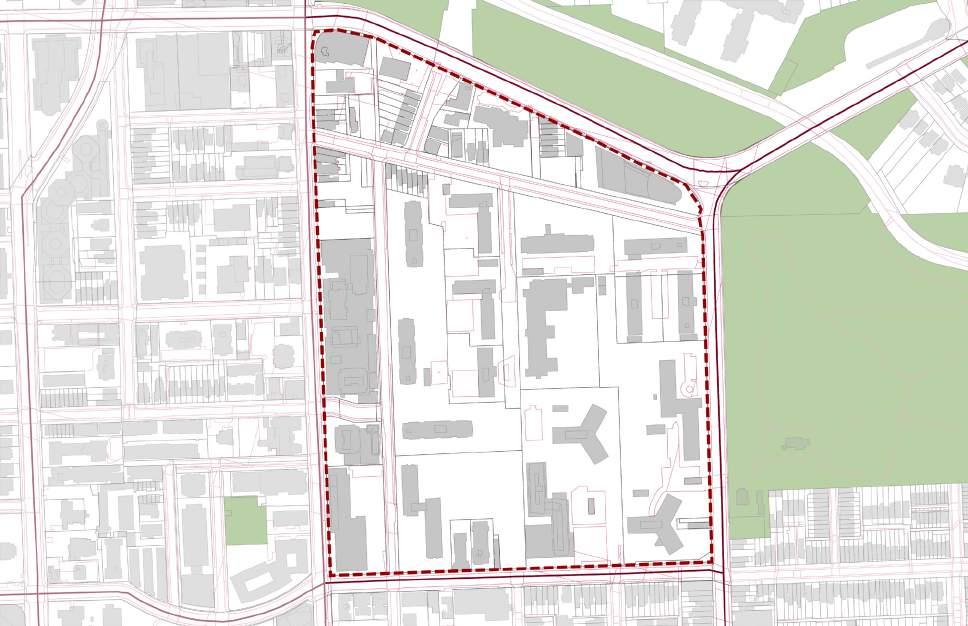
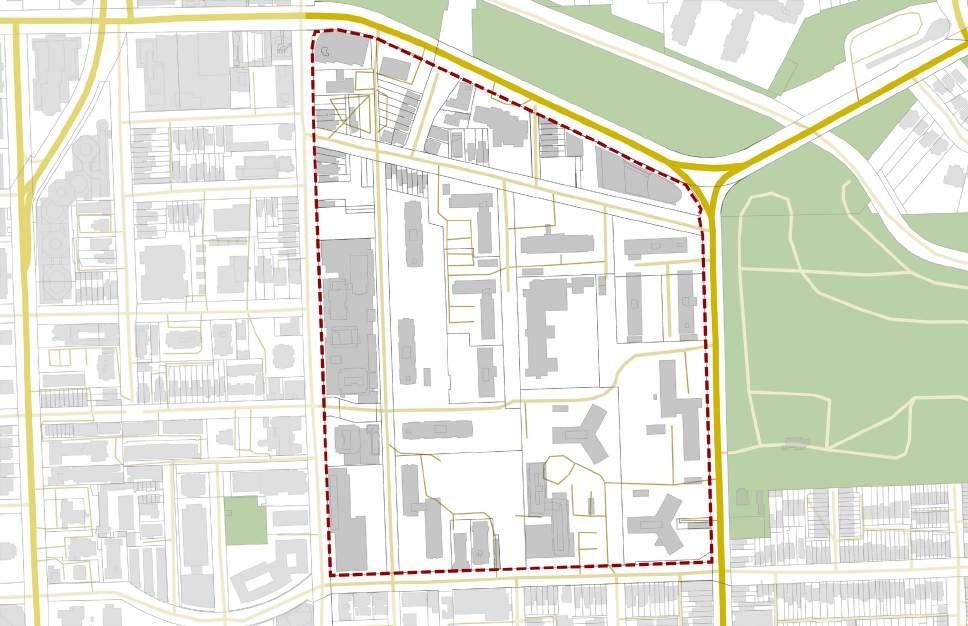
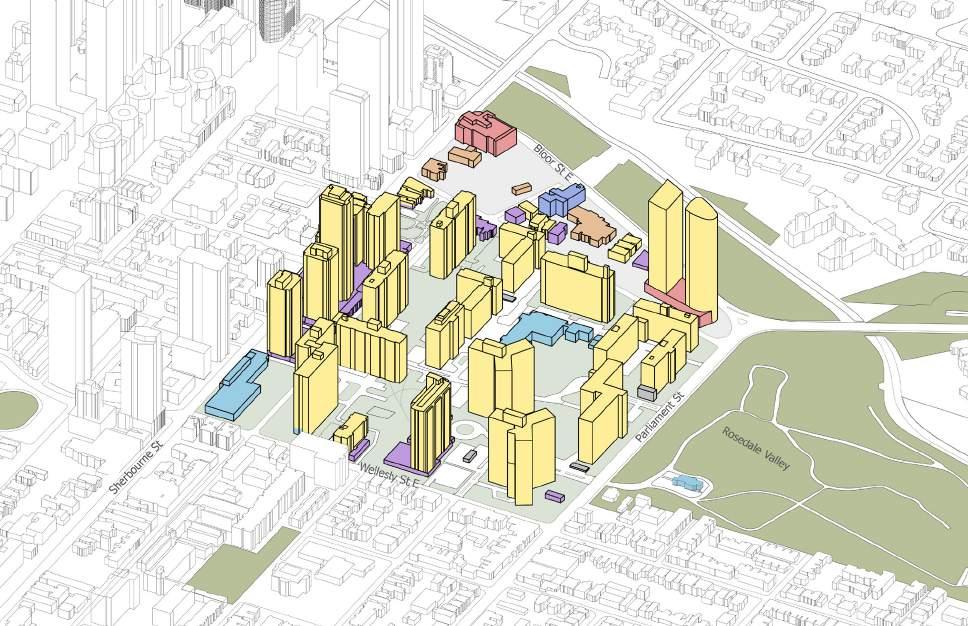
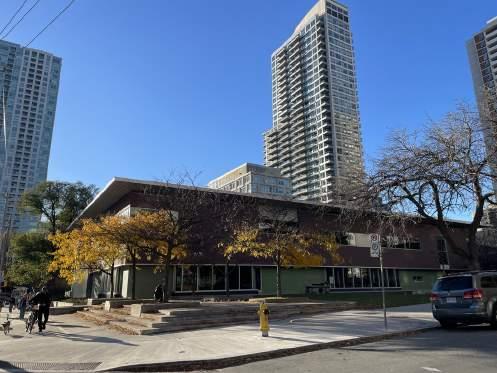
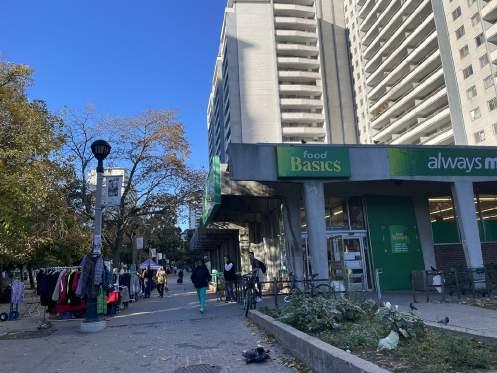
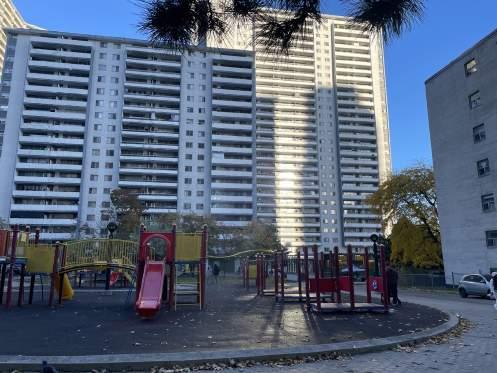
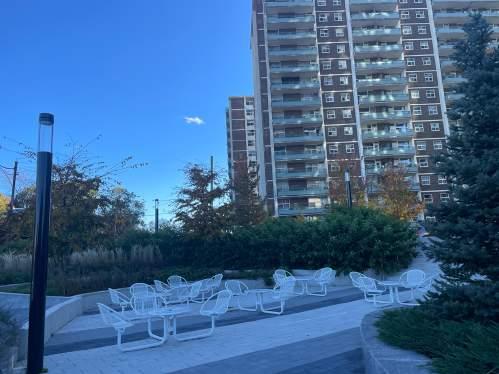
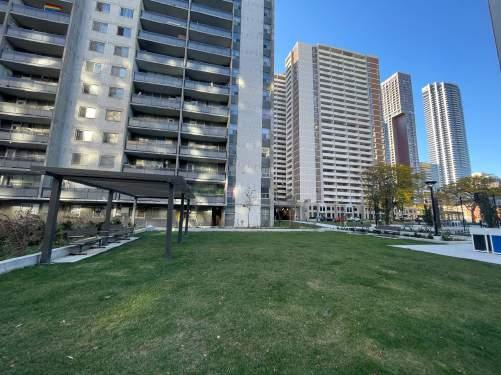
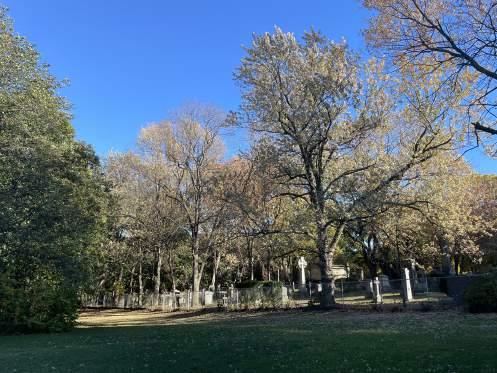
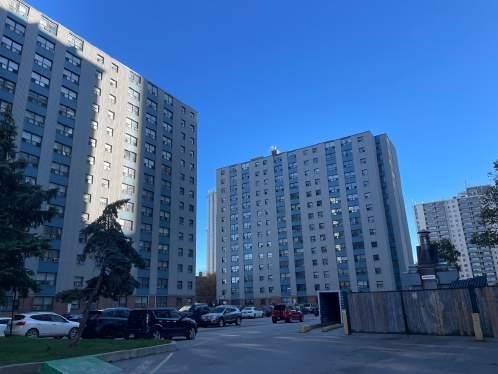
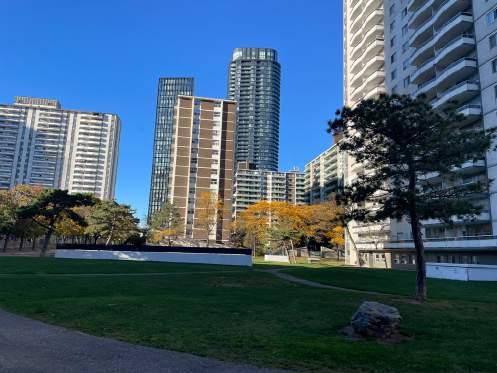
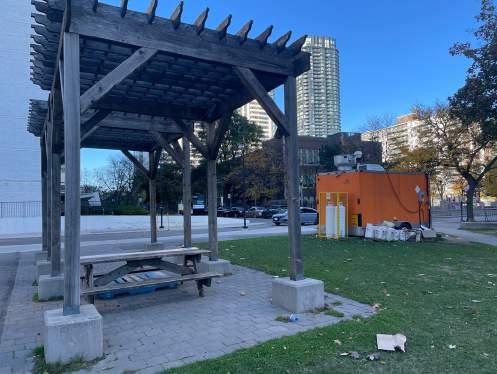
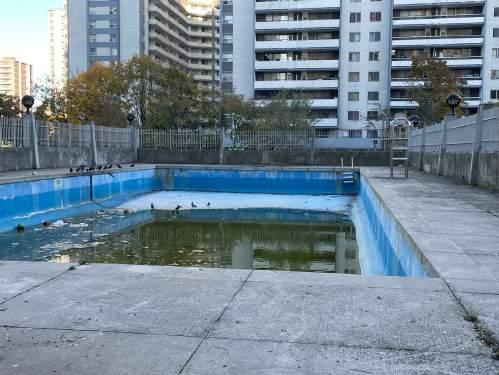

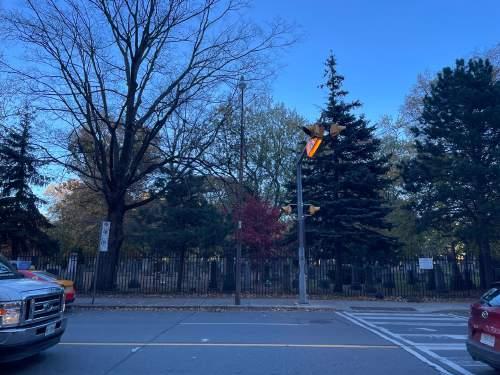
Tall buildings near Sherbourne Neighbourhood
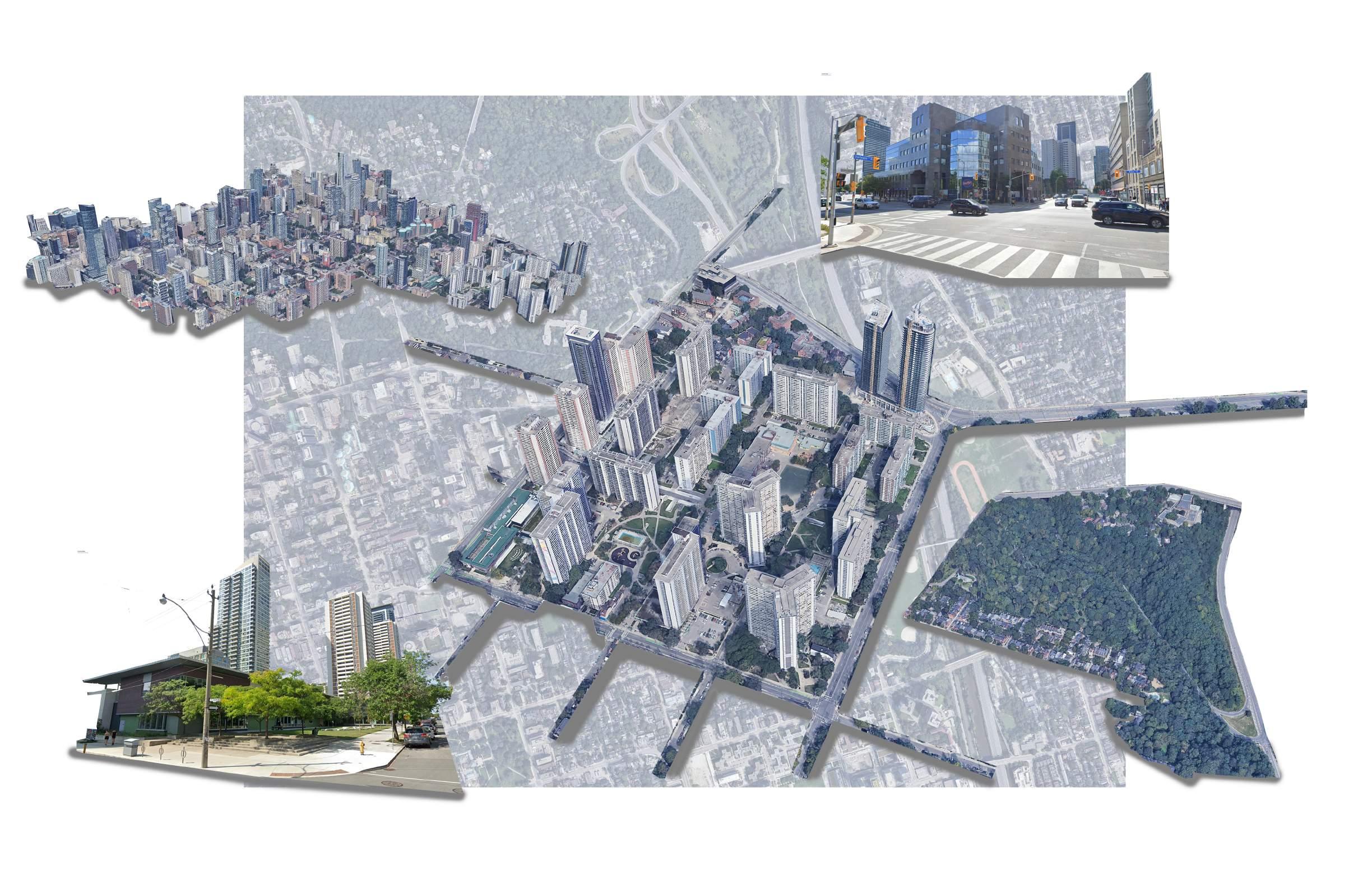
W• NO Community Public Park present on site
•Most of the open and unused spaces are taken by private properties
• There are no used green spaces present
• Given its proximity to the TTC station, tall buildings densification will increase.
• People don’t seek for help and/ or are not aware of mental health resources
• Located near Rosedale ravine lands (closer to natural environment) and St James Cemetery
• It is in the proximity of Sherbourne Subway Station South-Asian and African Community
• Open spaces available
• Land use is extremely diverse and provides a wide range of Services and Facilities.
• Dense Population of South Asian Community

Restricted
What contribution does increased community engagement and collaborative design have on developing public spaces for the mental well-being of South Asian immigrants living in North St James ?
Employment Opportunity and Awareness Spaces, Increased Resources, Educative Spaces, Spaces for Workshops
Design Principle:
Increase in number of Employment Facilities
Engaging and Interactive community spaces
Growth in the economy and a rise in smallbusiness initiatives
Employment services, awareness programs, training classes, employment workshops, job fairs within the proximity
Micro Retail Space
Multipurpose Areas for Employment Opportunities, Job fairs, classes for job guidance, goverment services, education and training, agency supports.
Temporary workshop spaces, free access to computers, wifi.
Food banks, CED funds, encourage food bussiness. Provision of Kitchen, Catering Spaces and Drive thru food services
Improved Internal and External physical connections, Public Interactive spaces
Design Principle:
New indoor and outdoor facilities
Easy connectivity to all the open spaces, facilities as well as Rosedale Valley Park and other neighbourhoods
Easy access to exisiting and new resources
Community shared spaces
Increased community Enagement
Improved Pathways and Road Networks
Dispersed Community Programs
Interconnected site programs
Community shared working spaces
Paths connecting to the Rosedale Valley Park
Improving acces to the existing on-site facilities and services. Providing facilities and services at multiple locations in the neighbourhood
Community Gathering Spaces, Green spaces
Design Principle:
Multiple program initiative for all
Biophilic Design
Increased Green spaces with public parks and avenues
Green Roofs
Installations
Addition of infrastructure
Green Spaces, Avenues, Parks
Multipurpose Rooms
Open spaces for Festivals, Gardens, community events, summer camps, mental health awareness programs, exhibitions
Community Kitchen, Bar, restaurants, local markets
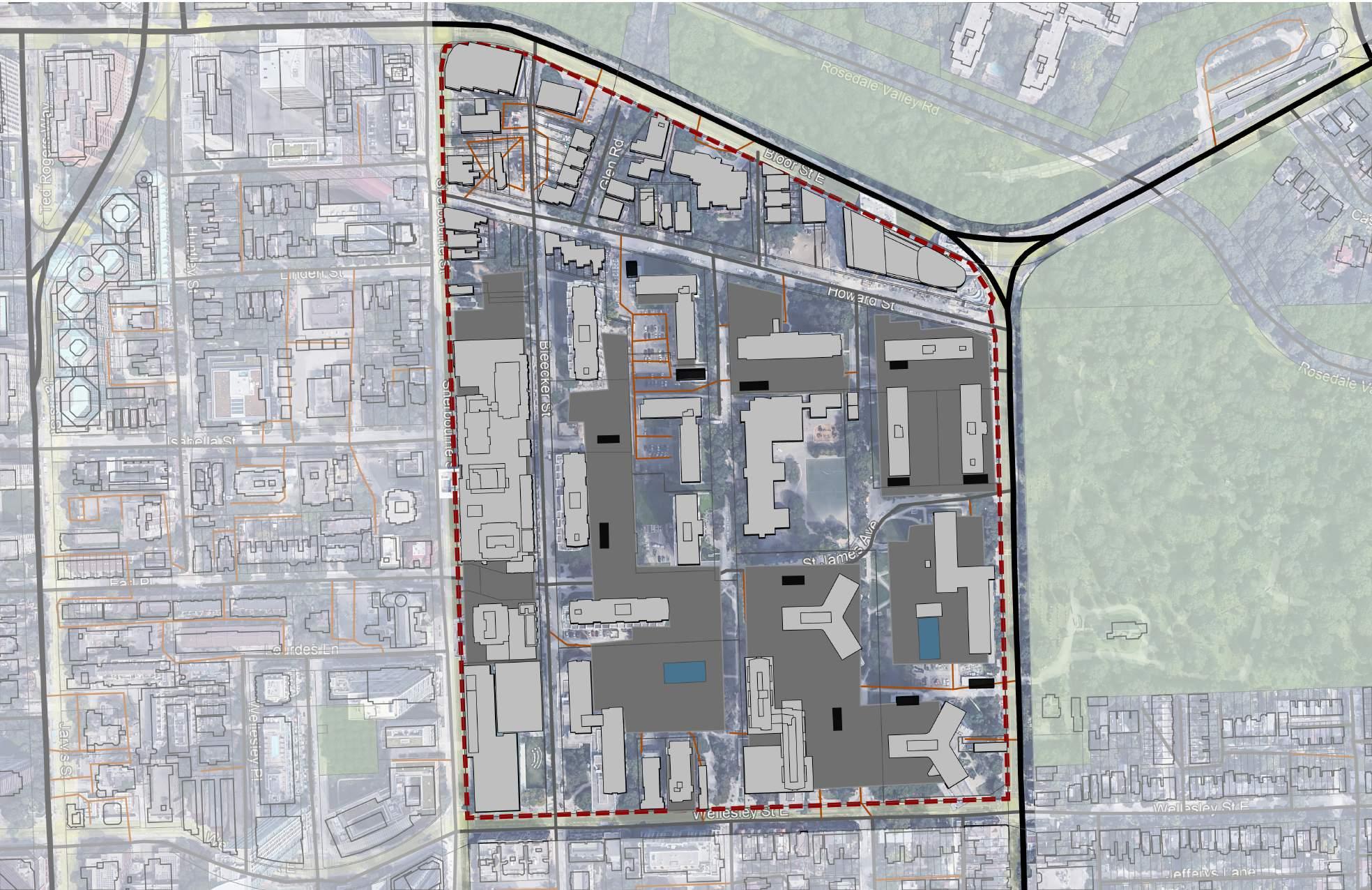

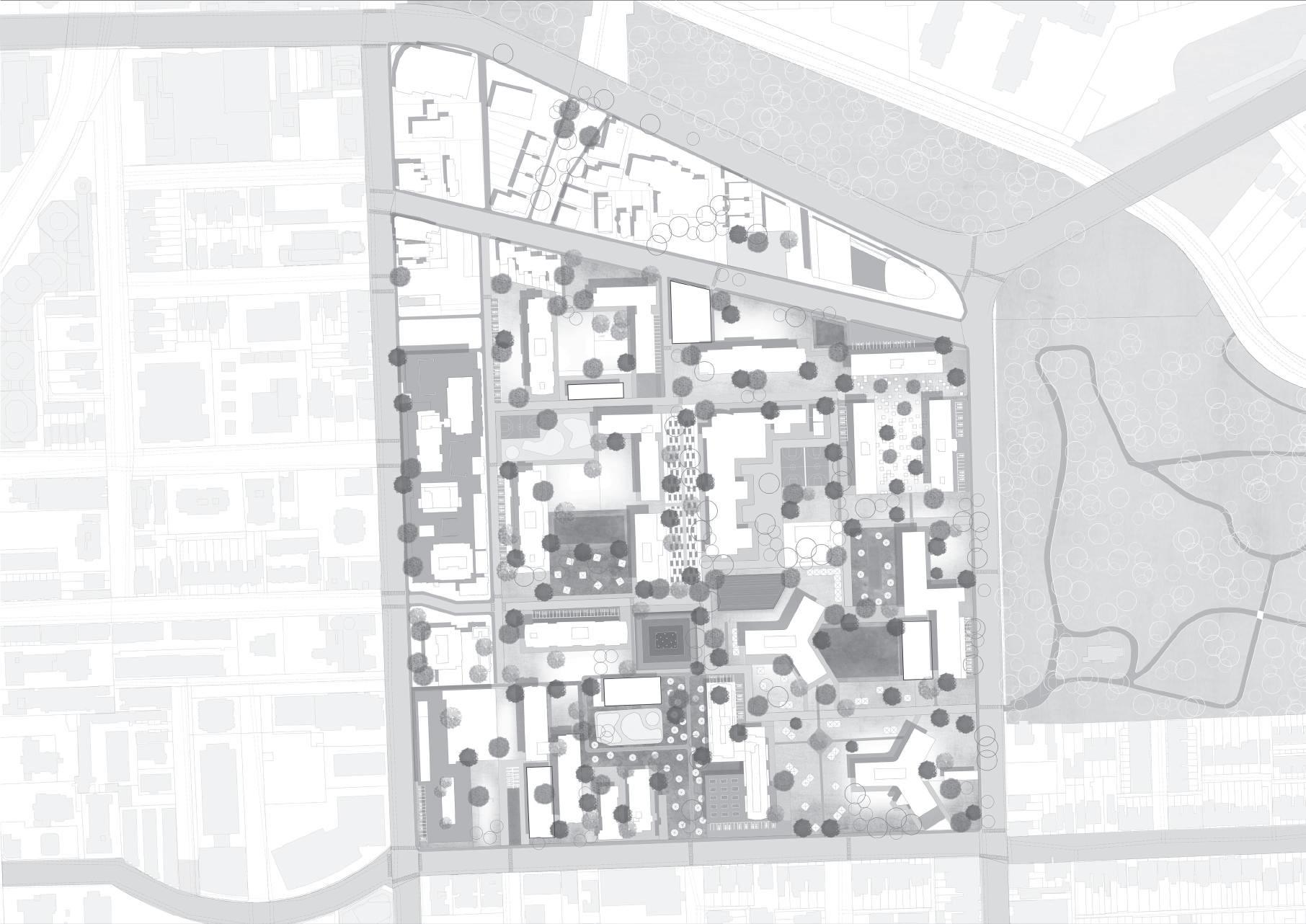

Kid’s Play Area
Business
Food
Shared Community Spaces
Educative Training Spaces
Mental Health Stress Relief Park
Employment Services




















Kitchen Garden
Retail
Market
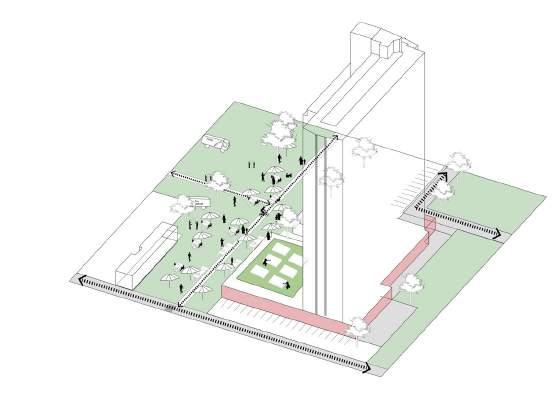
Shared Community Spaces
Kid’s Play Area
Green Roofs
Entertainment Spaces
Festive/Event Spaces
Community Parks
Public Plazas
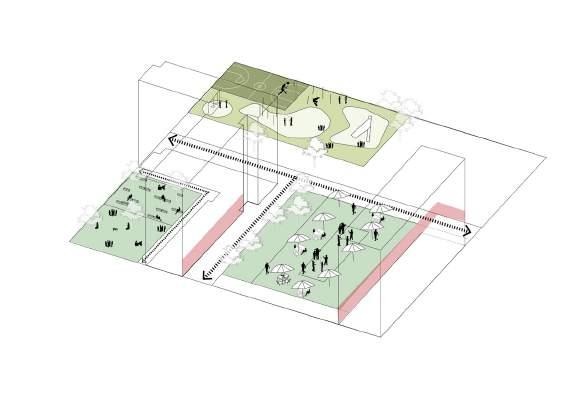
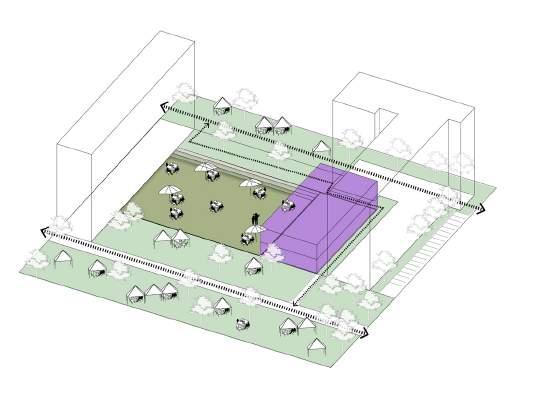
Educative Training Spaces

Employment Training


Workshop/Popup tents
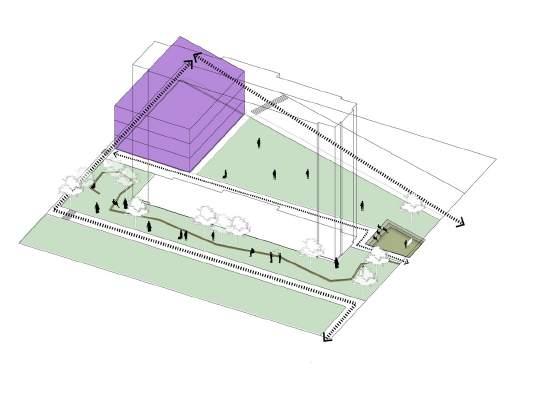
Employment Services and Facilities
Employment Guidance Space


Workshop Spaces

Multipurpose use buildings

Employment Services

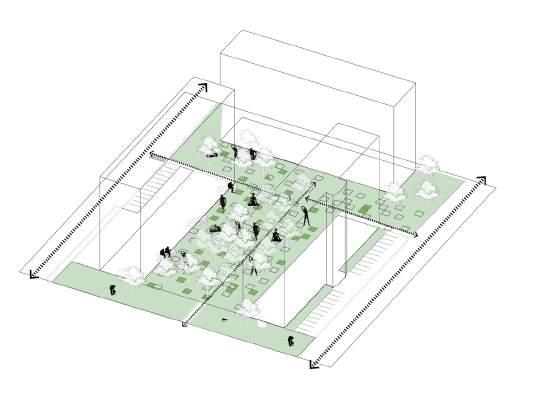
Mental Health Stress Relief

Stress Relief Park

Pet Parks

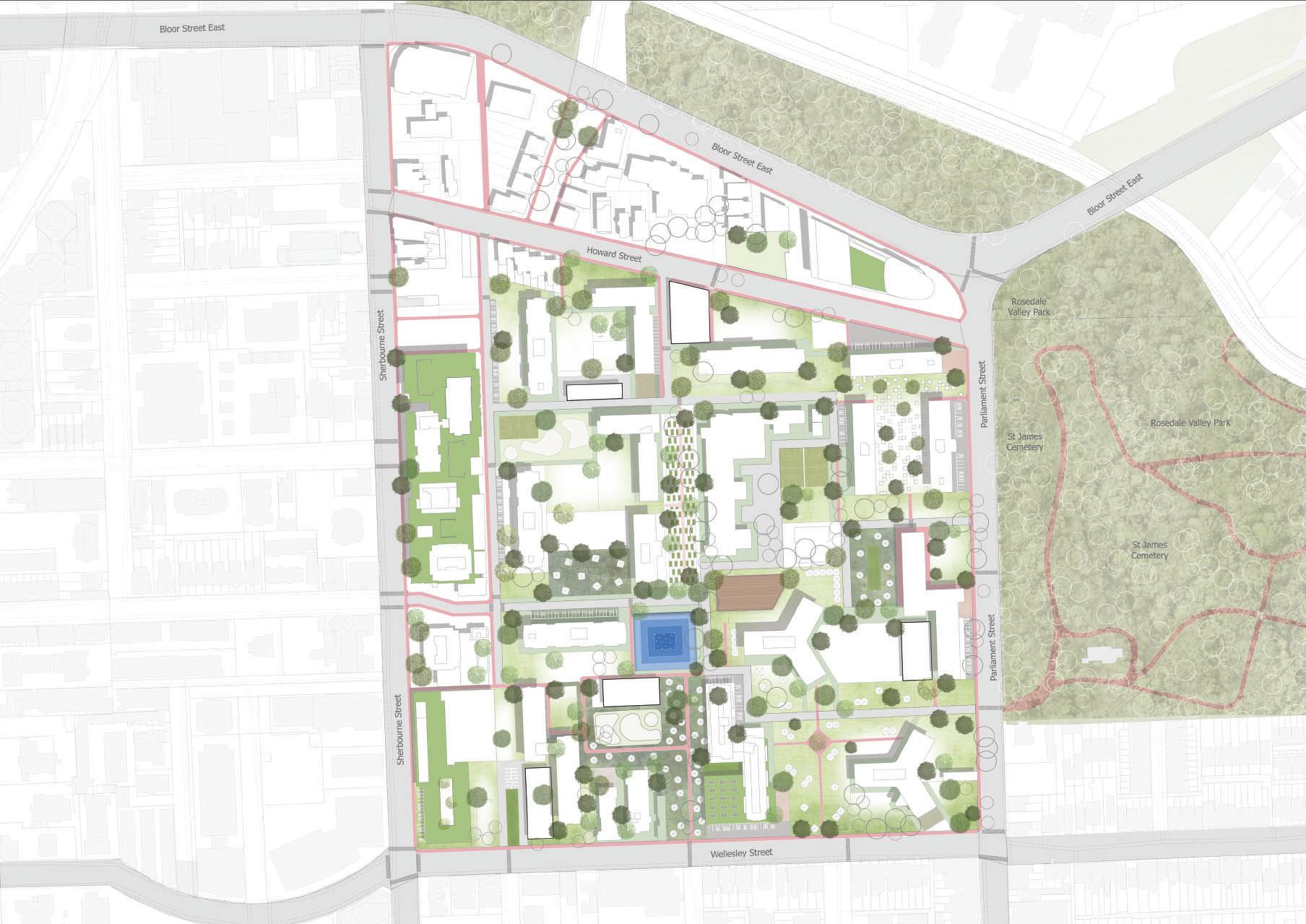




































Kid’s Play Area

Entertainment Spaces

Festive/Event Spaces

Community Parks

Public Plazas

































Employment Guidance Space

Workshop Spaces

Multipurpose use buildings

Employment Services














Available Space for Opportunity-
This block has three residential buildings, large open spaces with surface parkings and underutilized green lawn with temporary parking structures.


Intervention -
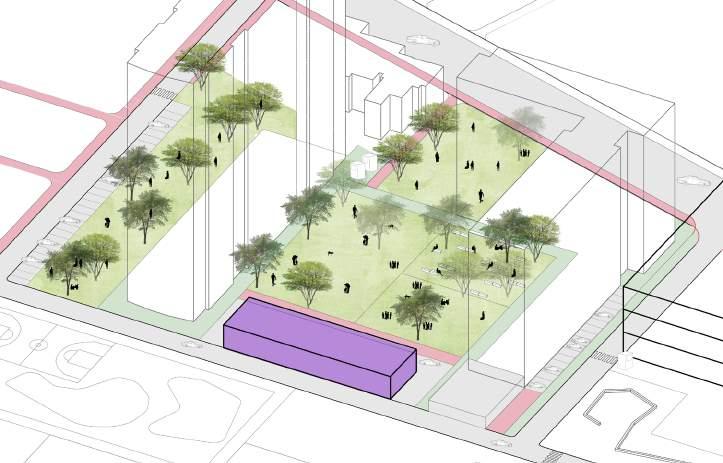
Concept -
Due to the numerous unused spaces on this block, it can be used for a variety of community-serving activities. For example, the enclosed area between the L-shaped apartments can be changed into a shared green space with benches for people to use. A pop-up location for innovative employment services may be a different location. Additionally, lawn-filled green areas can be converted into gardens where locals may grow and sell food.
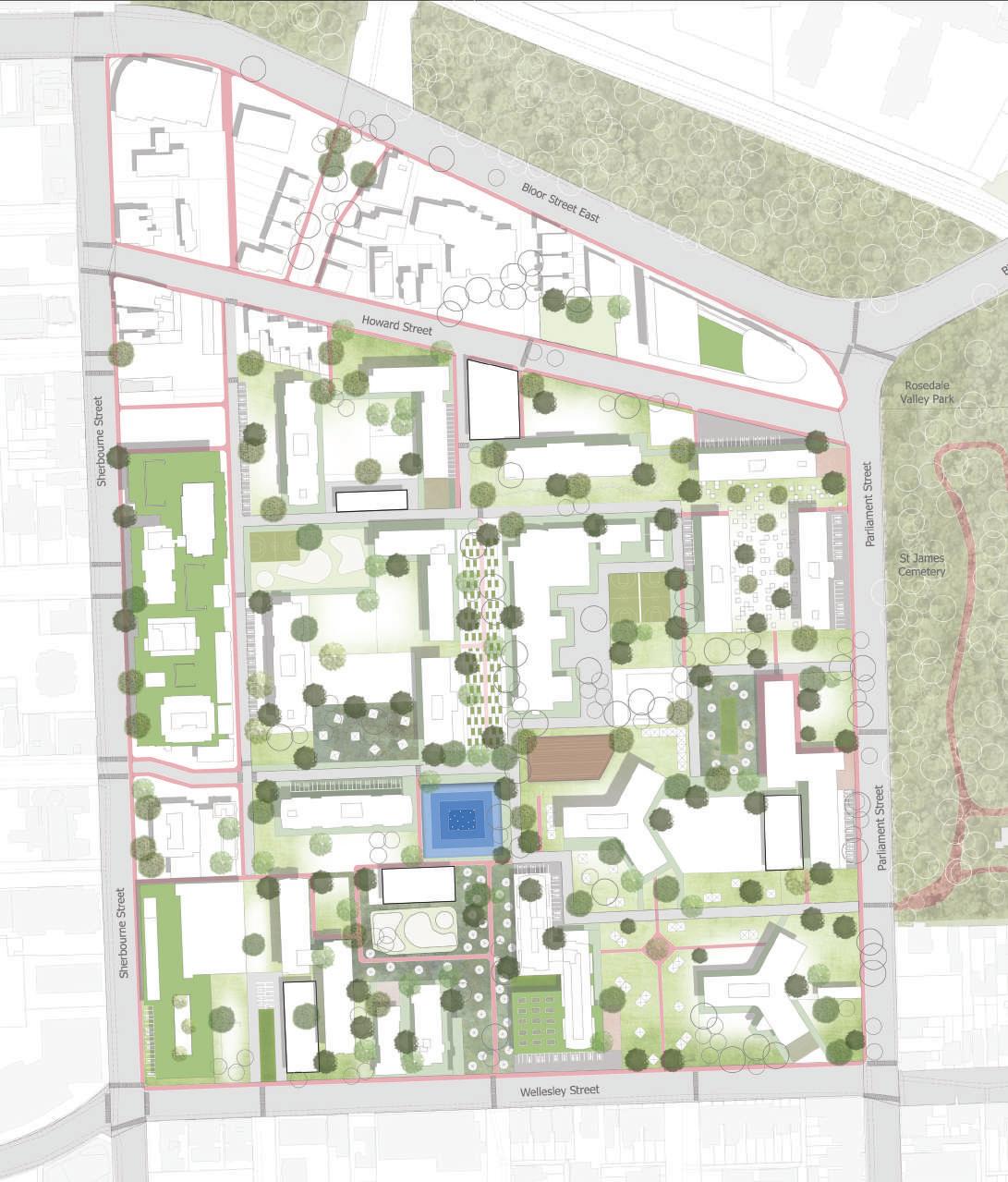



Scale - 1:2500
Precedent :


Therapy Pets Park
Source - penntoday.upenn.edu

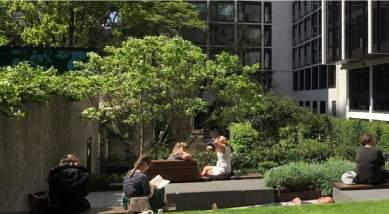
Shared Community Green Space
Source - google.com

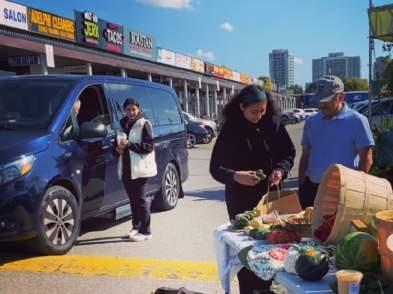
Drive Through Food
Source - plazapops.com

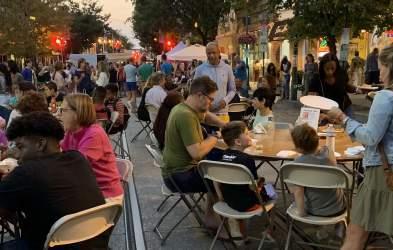
Outdoor Event Space
Source - mtairycdc.org
Available Space for Opportunity-
This block consists of an existing Kids Play Area, three residential buildings and two temporary parking lot structures along with surface parking space.


Intervention -
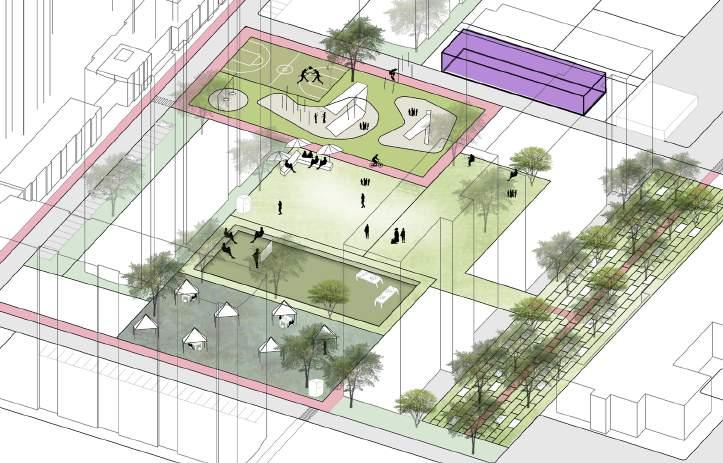
Concept -
Given that there is a children’s play area already in place, this makes it an excellent location for educational training sessions. Parents and children can utilize the space simultaneously, and it can also be utilized during employment training sessions.
A street tree avenue that is modelled after Bloor Street East and Sherbourne Street could potentially grow in this region.





Precedent :

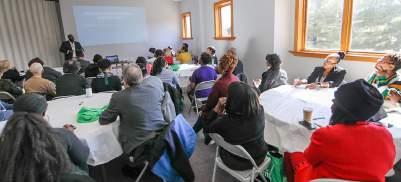
Educative Training Space
Source - mtairycdc.org


Employment Services Pop-ups
Source - berytech.org


Shared Community Space
Source - plazapops.com

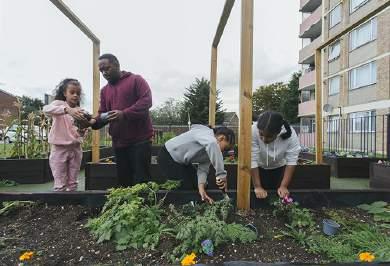
Kitchen Garden
Source - aroundealing.com
Available Space for Opportunity-
This block consists of just one residential; building and a huge chunk of unused green area and surface parking.


Intervention -
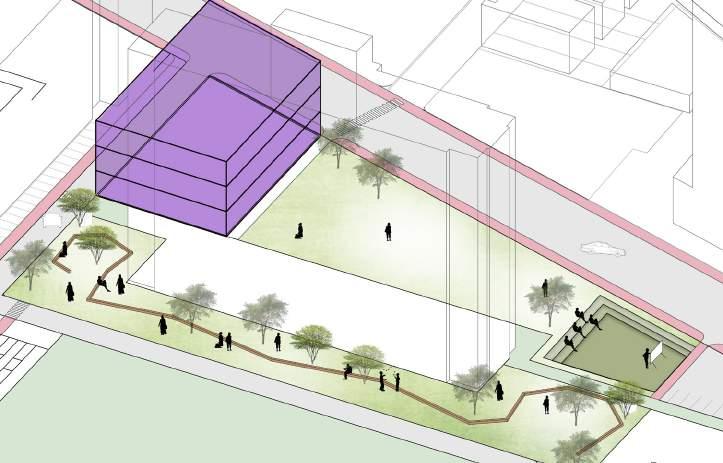
Concept -
This block is an excellent site for job surfaces and employment awareness pop-ups because it is directly next to Howard Street. The area is large enough to accommodate both community career exploration space and new infrastructure to support the employment facilities.



Scale - 1:2500
Precedent :

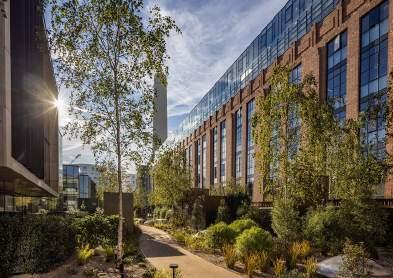
Green spaces around the buildings
Source - https://www.christiesrealestate.com/

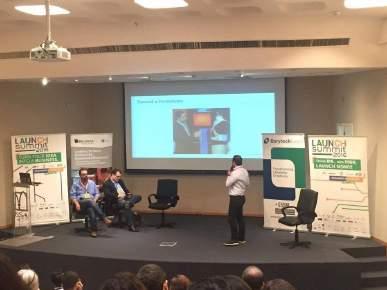
Employment Services
Source -berytech.org


Employment Services Events
Source - berytech.org
Available Space for Opportunity-
This block consists of an existing gated community. It includes three residential buildings sharing a common area between them.
Intervention -
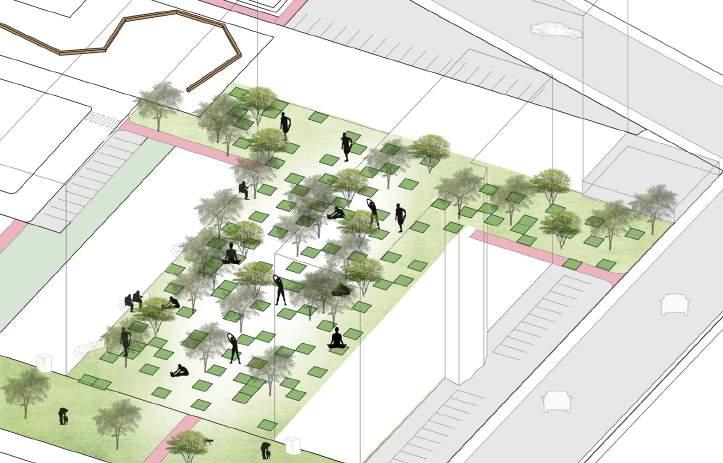


Concept -
Given the shared open between the bulding, this block has a potential of developing a mental health stress relief garden space which will help people to escape from their daily life and relax for a while.


Scale - 1:2500
Precedent :

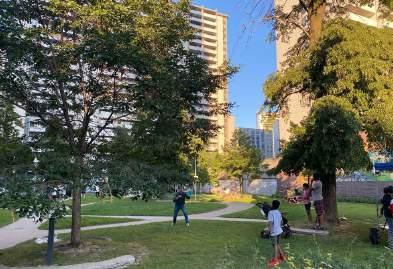
Mental Health Stress Relief Park
Source - azuremagazine.com
(Sound and Visual installations for stress relief)


Therapy Pets Park
Source - penntoday.upenn.edu
Available Space for Opportunity-
This block has an existing junior high school and childcare centre with a large chunk of unused space.
Intervention -
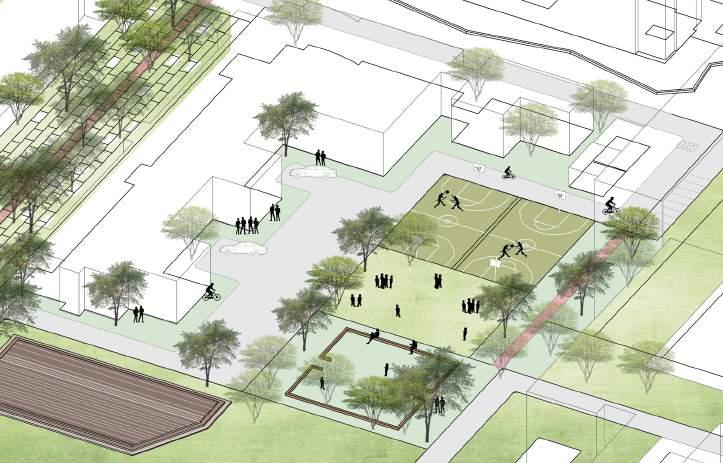
Concept -
Since this block accommodates both a daycare institution and a school, it has significant land use. This offers a chance to propose a green space and a basketball/cricket court for children and the neighbourhood to make use of.




Scale - 1:2500
Precedent :

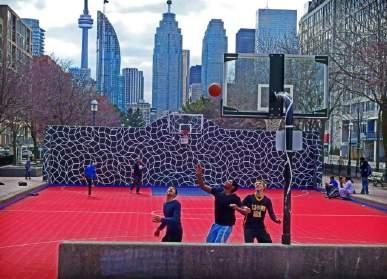
Basekball
Source - courtsoftheworld.com

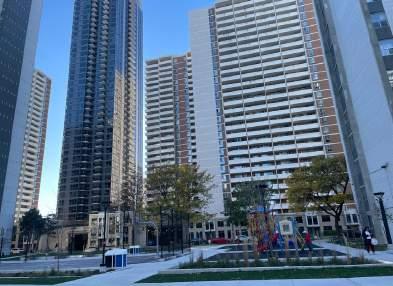
Green
Source -Image captured by me
Court SpaceAvailable Space for Opportunity-
This is a large block consiting of residential buildings, small bussiness shops and abandoned facilities.
Intervention -
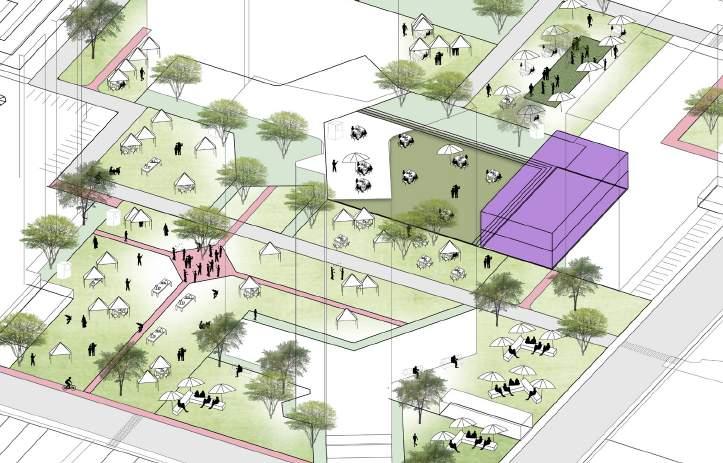
Concept -
Given the site’s condition, this block presents a significant chance to develop a multipurpose building infrastructure, food truck areas, public plazas, community parks, repair workshops, and much more!


Precedent :

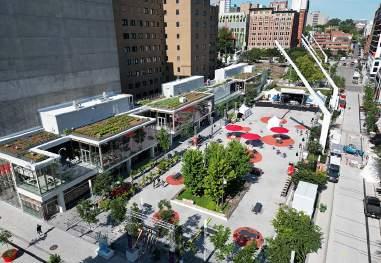
Community Park
Source - arquine.com

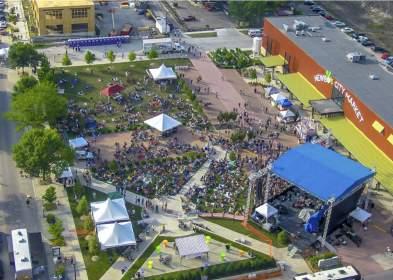
Public Plazas
Source - Google.com










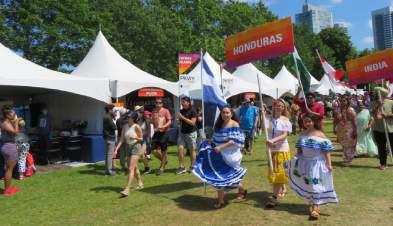
Festival Spaces
Source - immigrantmusemagazine.ca


Shared Community Space
Source - plazapops.com
Scale - 1:2500
Available Space for Opportunity-
This is a large block consiting of residential buildings, small bussiness shops and abandoned facilities.
Intervention -

Concept -
Given the site’s condition, this block presents a significant chance to develop a multipurpose building infrastructure, food truck areas, public plazas, community parks, repair workshops, and much more!


Precedent :

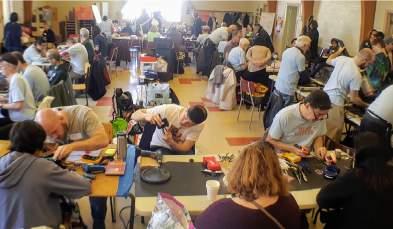
Repair Cafes - Multipurpose Building
Source - https://repaircafetoronto.ca/

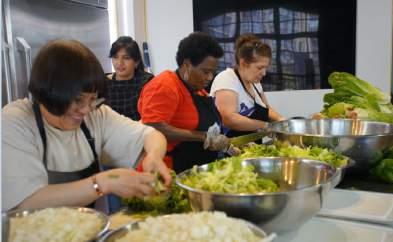
Catering Service
Source - https://www.stjamestown.org/










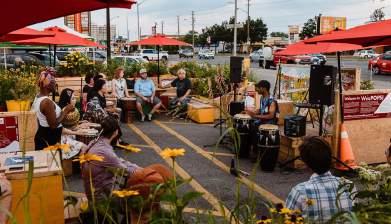
Entertainment Space
Source - plazapops.com

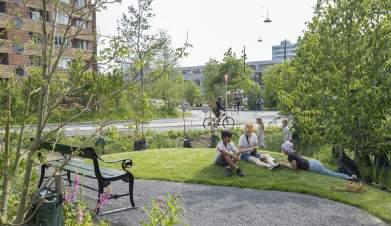
Community Park
Source - Google.com
Scale - 1:2500
There are grocery shops and a small public market on this block because it is close to Wellesley Street. There is also a kid’s playground and an abandoned swimming pool on the block. There is also a neglected grassy area with a gazebo in it.
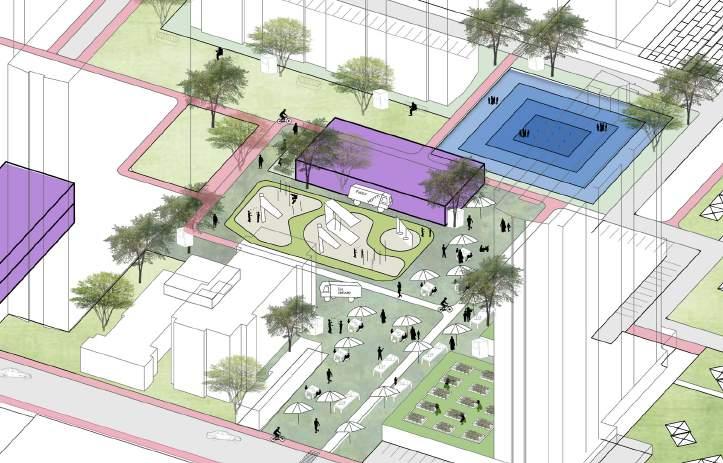





Due to the marketplace and retail establishments, the site gets busy during the majority of the day, making it an ideal place to establish a well-defined marketplace that may serve as a public plaza, a celebration space, or an entertainment area depending on the situation. The abandoned swimming pool presents an ideal chance to transform it into a multipurpose structure featuring a communal kitchen, a kitchen garden, and a green area for community gatherings.



Precedent :

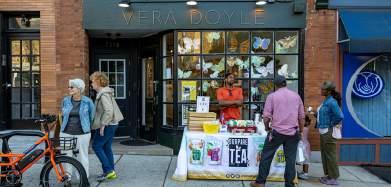
Small Business
Source - mtairycdc.org


Community Kitchen at the Corner
Source - https://www.stjamestown.org/

Scale - 1:2500

Kitchen Garden
Source - Google.com

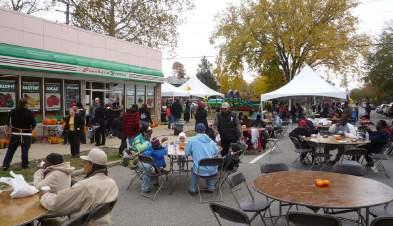
Community gather space outside retail
Source - www.pps.org
Concept - Available Space for Opportunity- Intervention - Block DesignAvailable Space for Opportunity-
There are grocery shops and a small public market on this block because it is close to Wellesley Street. There is also a kid’s playground and an abandoned swimming pool on the block. There is also a neglected grassy area with a gazebo in it.
Intervention -

Concept -
Due to the marketplace and retail establishments, the site gets busy during the majority of the day, making it an ideal place to establish a well-defined marketplace that may serve as a public plaza, a celebration space, or an entertainment area depending on the situation. The abandoned swimming pool presents an ideal chance to transform it into a multipurpose structure featuring a communal kitchen, a kitchen garden, and a green area for community gatherings.








Precedent :

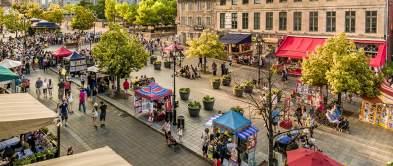
Market Place
Source - google.com

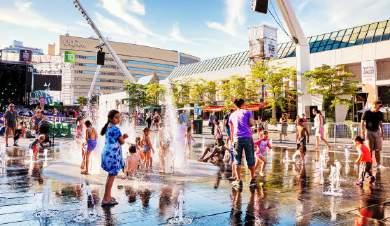
Public Plaza
Source - google.com
Scale - 1:2500
Available Space for OpportunityIntervention -
This block consists of an existing Community centre and green space with community corner helping St james town people to survive.
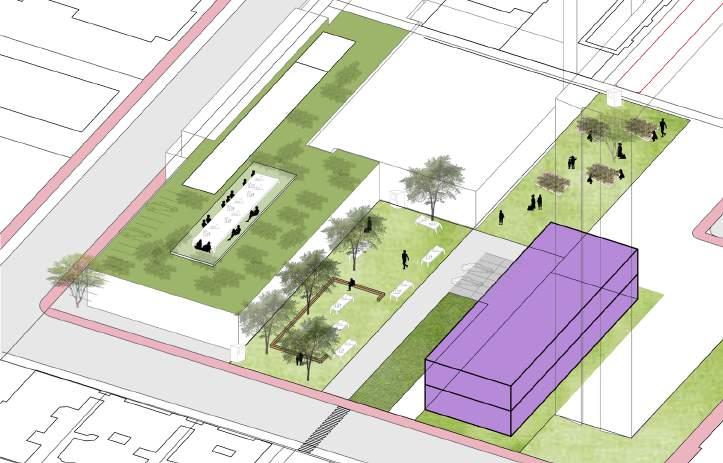

Concept -
This effort is a small addition to the current state of community services and facilities; which will include pop-ups and some furniture to draw attention to charitable causes and donations.




Scale - 1:2500
Precedent :

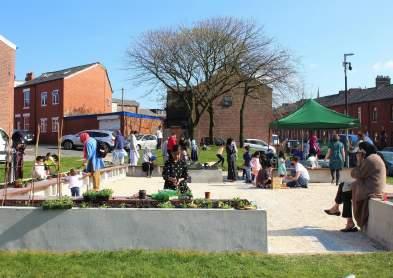
Charity Space
Source - www.groundwork.org.uk

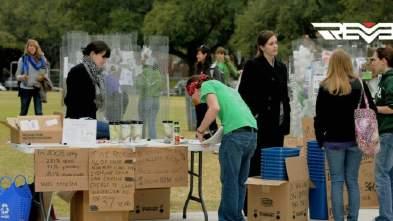
Food Banks
Source - reverbpress.com


Drive Through Food
Source - plazapops.com
Available Space for Opportunity-
The Roofs of the buildings are available spaces for community design intervention.


Concept -
Since this block accommodates both a daycare institution and a school, it has significant land use. This offers a chance to propose a green space and a basketball/cricket court for children and the neighbourhood to make use of.






Scale - 1:2500
Precedent :
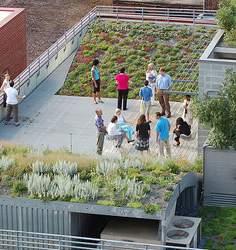
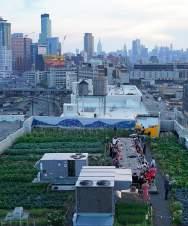
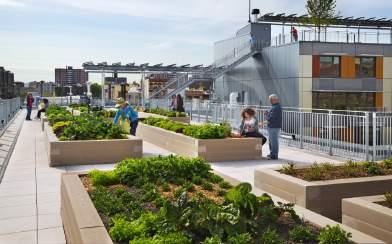
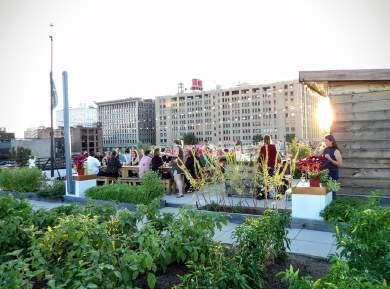 Green Roof
Source - www.rooflitesoil.com
Green Roof
Source - asla.org, livingarchitecturemonitor.com
Green Roof
Source - asla.org, livingarchitecturemonitor.com
Green Roof
Source - www.rooflitesoil.com
Green Roof
Source - asla.org, livingarchitecturemonitor.com
Green Roof
Source - asla.org, livingarchitecturemonitor.com
Though some more may be added, St. James town already has several installations, such as dog excrement and recycled clothing. Drinking water, publicly accessible art, a free library, a tool exchange, and much more may be added at various points around the site.
Precedent : Art
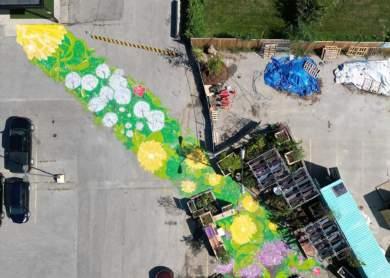
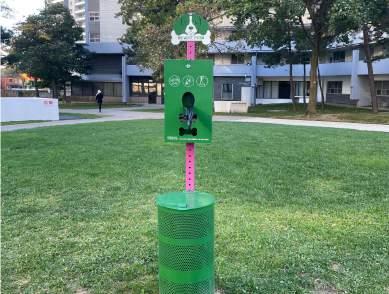
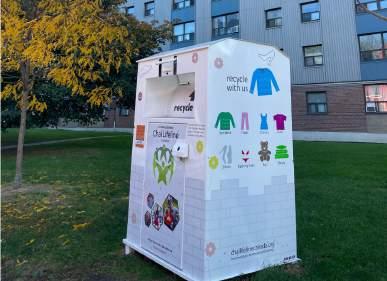


Precedent :
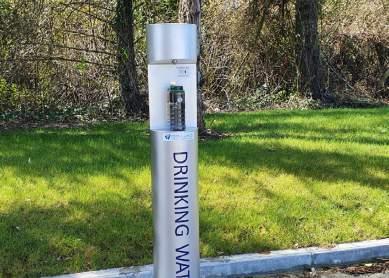
Installations
Source - city of Toronto
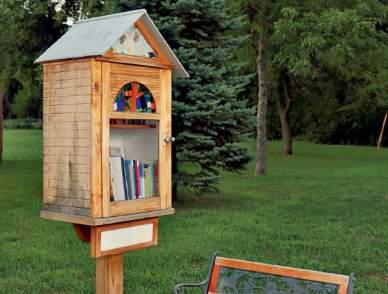
Installations
Source - Google.com Open
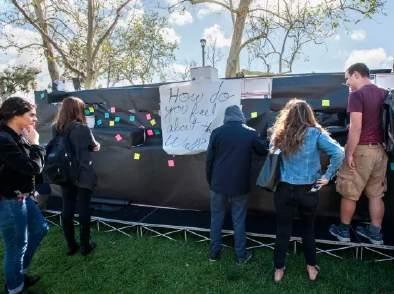
United Way is a worldwide not-for-profit movement.
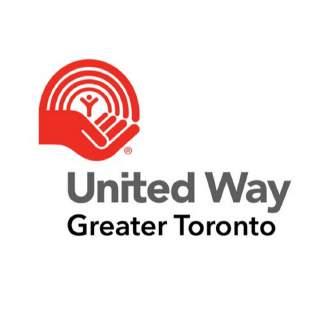
In Canada,they operate in more than 100 communities. Each United Way raises support locally, directly responding to local needs. United Way is committed to fighting local poverty, and growing the GTA’s social safety net.
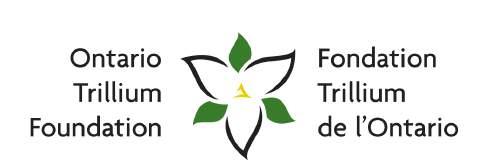
The Ontario Trillium Foundation (OTF) is an agency of the Government of Ontario. OTF was originally formed to provide grants to social service organizations in Ontario communities. It has invested in the vital work of Ontario’s non-profit sector to improve the well-being of Ontarians.

The City of Toronto is your local government, also known as the municipal level of government. In Canada, we also have a federal government and provincial government. Each of these levels has different responsibilities but they often work together. The City of Toronto provides services that have a direct impact on our daily lives.

The Government of Ontario includes ministries, agencies and Crown corporations.
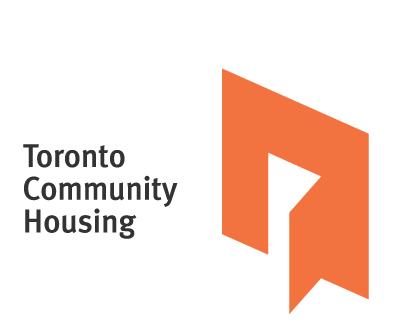
TCHC, was established in Toronto to provide lowincome individuals and families with safe and reasonably priced homes. TCHC houses tenants in 106 of Toronto’s 158 neighbourhoods, providing homes to over 43,000 low and moderate-income households.
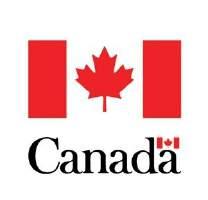
Facilitates the arrival of immigrants to Canada, provides protection to refugees, and offers programming to help newcomers settle in Canada
In May 2011, the St. James Town Community Corner at 200 Wellesley opened its doors. The Corner is a fully accessible set of offices, meeting spaces, program rooms and community kitchen dedicated to local initiatives and services to benefit the neighbourhood. This collaboration between residents, public and private funders and service providers is a unique St. James Town community success story.
Operating out of the Toronto Community Housing (TCHC) building, at 200 Wellesley St. E., the facility was formed by a local steering committee after consulting with the community, and it is the result of more than five years of effort by local resident volunteers in partnership with a number of service providers. All are committed to improve access for St. James Town residents to services, supports and opportunities to meet, plan and build a strong, healthy neighbourhood.
“Racism is a public health crisis” - Martin Luther King Jr.
St. James Town Community Corner (The Corner) and the St. James Town Service Providers’ Network (SJTSPN) stand in solidarity with the black communities and their leaders and are committed to critical engagement for the advancement of equitable public health at frontline, community and systemic levels.
St. James Town is a vibrant and growing community, and on the 9th of August, the neighbourhood launched the City’s first Share and Reuse Hub, the 240 Hub ( known as The Corner @ 240). Located at 240 Wellesley, the Hub aims to support a culture of reusing, sharing, repairing, and repurposing items to prolong their life.
Funded by The City of Toronto, the 240 Hub and its initiatives build sustainable communities by:
• educating residents about the importance of waste reduction and reuse
• providing opportunities for sharing and repairing
• offering skills training and creating job and economic opportunities
• creating a space for community members to gather.
t The Corner @ 240, they have established collaborations with various sustainability organizations and experts to offer a diverse range of services and programs. These include Counseling, Housing, and settling-in support, Senior programs, Employment assistance, Public phone, and computer services, a Library of Things, Repair services, Sewing and Mending services, a Bike clinic, a Waste Diversion, a Green cafe, Green market, Jewelry making, Crafting workshop, and Gardening workshop, among many others. Our goal is to provide a comprehensive and inclusive range of programs and services to our community.
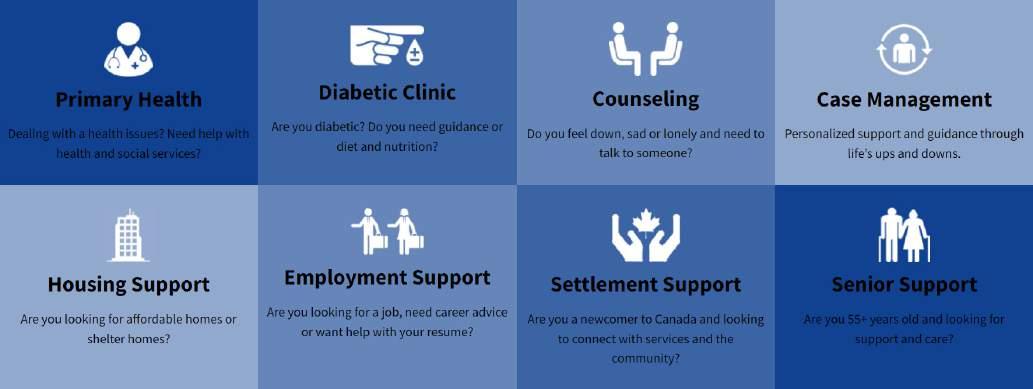
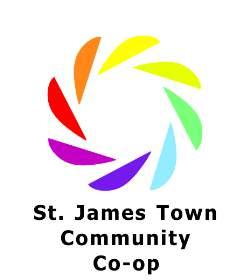
The St. James Town Community Cooperative was created by residents of the neighbourhood to address the growing need for food security, capacity building, and emergency preparation.
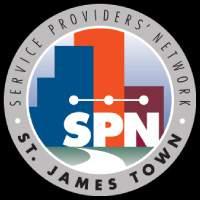
The St. James Town Service Provider’s Network (SJTSPN) is a network of agencies formed to bring a collaborative partnerships, community engagement and integrated service coordination approach to the community of St. James Town. SPN promotes inclusive and equitable social and economic development initiatives which delivers employment and career opportunities, social enterprise, informal economic opportunities and population specific services.
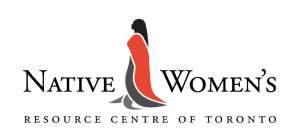
A community-based organization dedicated to provide resources and support to urban Indigenous women and their families. NWRCT delivers culturally relevant programs and services that empower and build the collective capacity and self-sufficiency of Indigenous women. The NWRCT is founded in 1985 and it is a registered charity funded by government programs as well as public and private donations.
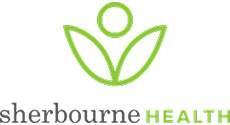
Lead and Co-chair of the Health Access Leadership table
A non-profit community organization founded in 2002, providing accessible and effective primary health care to the people who may have been under-served by conventional health in southeast Toronto such as homeless/ under-housed, LGBTQ and newcomers. They offer counseling, health promotion, outreach, advocacy, education, research and development, peer support groups and artsbased programming.

Progress Place is a mental health and wellness organization. Since 1983, by launching a supported housing program, as well as a transitional employment program it has been providing part-time supported employment to people with severe and persistent mental illness such as Schizophrenia, Bipolar, Depression and Anxiety
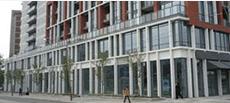
Family health teams are primary health care organizations, funded by the Ontario Ministry of Health and Long-Term Care, that include a team of family physicians, nurse practitioners, registered nurses, social workers, dietitians, and other professionals who work together to provide primary health care for their community. They ensure that people receive the care they need, as each team is set-up based on local health and community needs.

The SickKids Centre for Community Mental Health (SickKids CCMH), is a community of the University of Toronto’s Faculty of Medicine (Department of Psychiatry) and FactorInwentash Faculty of Social Work. It helps 6,000 children and families each year through a combination of prevention, treatment, research and education activities.

Dixon Hall Neighborhood Services began as a soup kitchen in 1929, and since then has been steadily increasing and strengthening a diverse range of integrated services for residents of east downtown Toronto. Their main goal is to create lasting solutions to end poverty, social injustices and social isolation in Toronto.
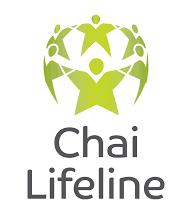
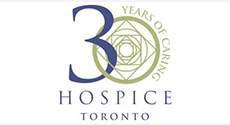
By providing and advancing compassionate care and leadership in the volunteer-based, home hospice community, Hospice Toronto has become a recognized leader in providing high-quality, hospice care and support for people through all phases of their lifethreatening illness, and their loved ones, at no charge.

Fred Victor is a social service charitable organization established in 1894 that fosters long-lasting and effective changes in the lives of homeless and low-income people living across Toronto. Their programs and services are mainly focused on providing housing and shelters for people who live in extreme poverty, health care services and various training programs for those seeking sustainable jobs.
“We know that the illness impacts not just the person who is sick, but their entire family.” Chai Lifeline Canada services include support for siblings, parents and children, and more:
• Families of children with life threatening or chronic illness
• Children of parents with life threatening illness
• Families from all across Canada

Renascent is a leading addiction treatment centre offering drug, alcohol, and food addiction rehab programs and services in Toronto and the GTA. Seeking drug or alcohol treatment for yourself or a loved one can be one of the most difficult and important decisions of your life. In Canada, there are no regulations or overseeing governing bodies ensuring treatment centres are operating appropriately.

Repair Café Toronto is a grassroots, volunteer group that organizes events where neighbours help neighbours learn how to repair. Their events are hosted by local community centres, branches of the Toronto Public Library and other community-based organizations

“We inspire people and businesses to engage in a hands-on experience with a tangible outcome that will change the lives of those in need.”
Engage and Change gives people and companies the opportunities to do hands on group volunteer projects that assemble and build kits to assist in the alleviation of poverty. These kits are then distributed to the local communities through frontline social service agencies and homeless shelters directly to those in need.
“As a non-profit charity organization, the South Asian Community Health Services looks at promoting all communities to achieve and maintain physical, mental and social health and well being. This organization offers programs and services dedicated to addressing mental health, addiction, violence, domestic violence and anger management as well as many others.”

FoodShare is a food justice organization, advocating for the right to food, and working to challenge the systemic barriers that keep people from accessing the food they need to thrive. We support community-led food initiatives and work alongside communities most affected by poverty and food insecurity: folks living on a low income. Whether it is supporting urban farms, subsidizing local produce markets or coordinating community kitchens, all of their work is about folks accessing food on their own terms.
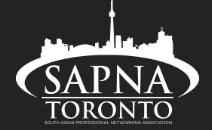
Association
SAPNA Toronto is an organization that focuses on increasing the professional presence of South Asians within Toronto and the GTA. The organization connects community members through their interactive network mixers, knowledge based workshops and spotlights from professionals who are living their dreams. SAPNA Toronto is pretty credible; having had many young, successful South Asians at their workshops.
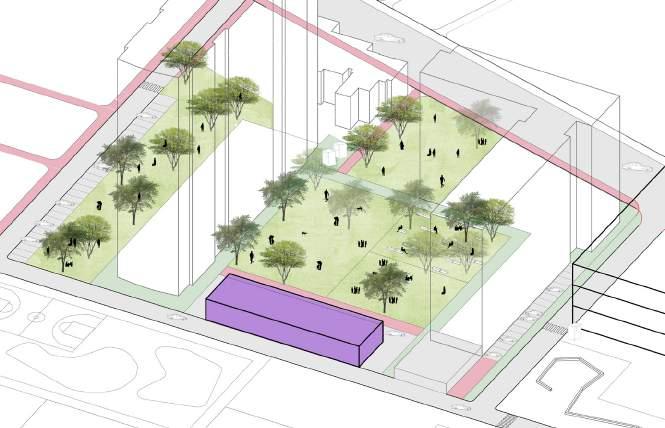
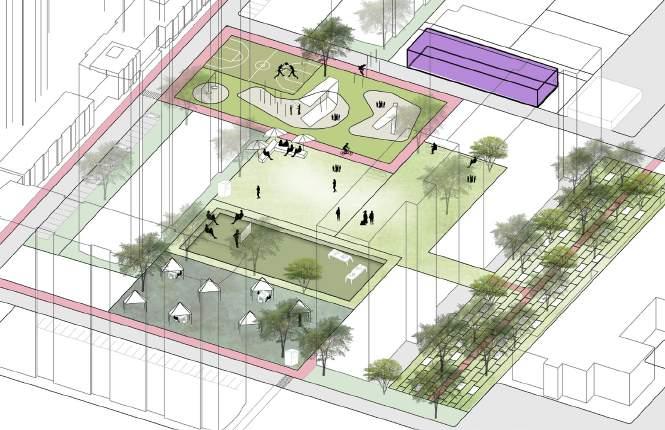


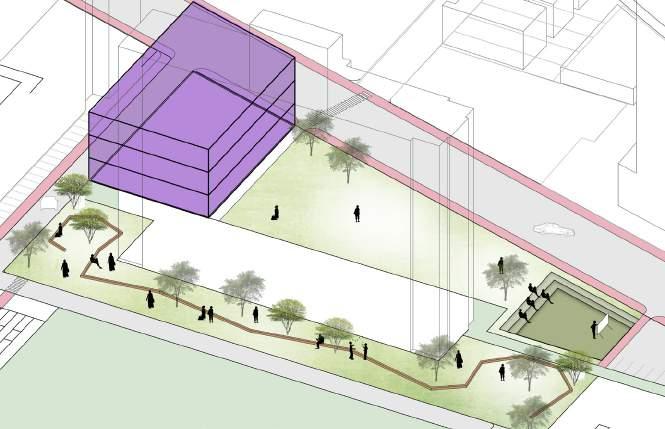
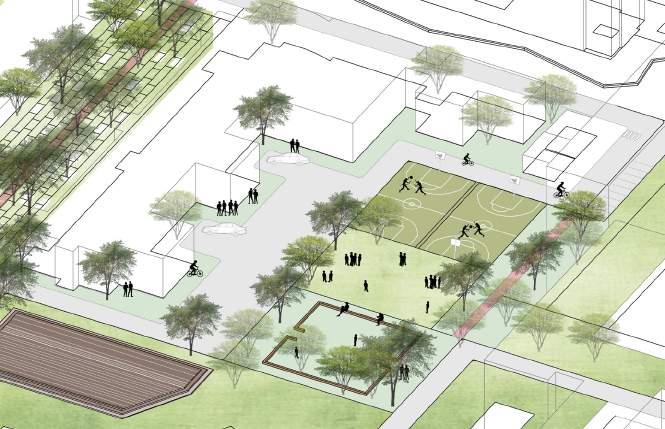
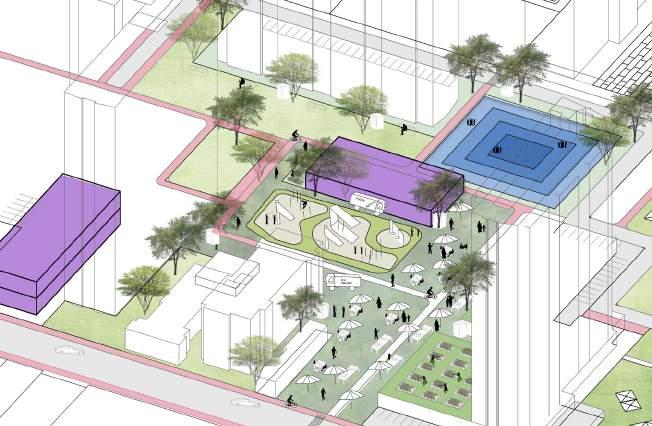
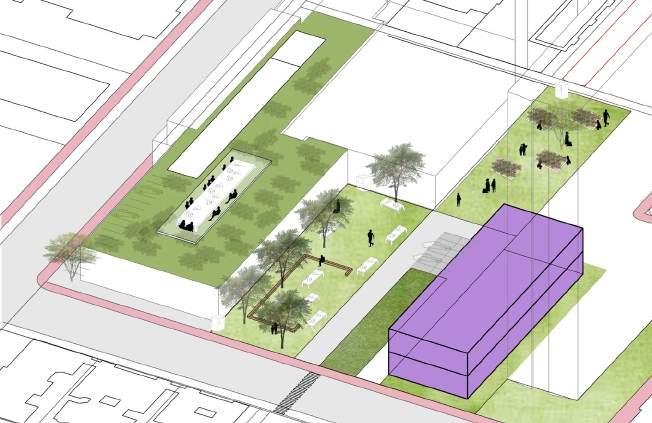
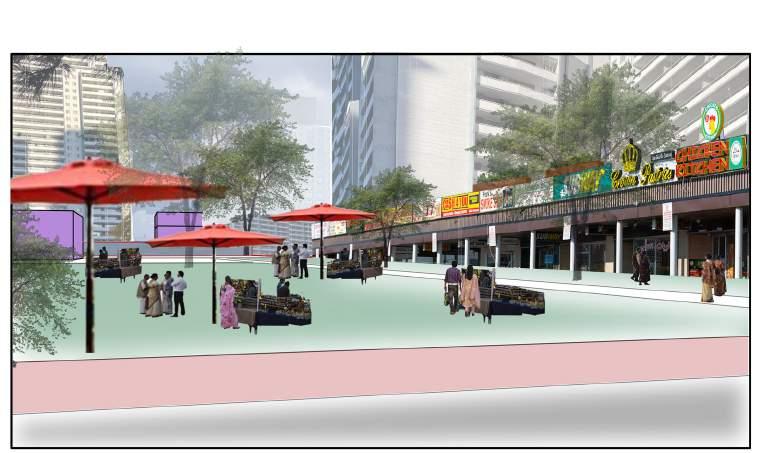
There is less activity on a typical day in the St. James Town neighbourhood close to Wellesley Street. With community shopping for household necessities, it seems to be just another day in the town.
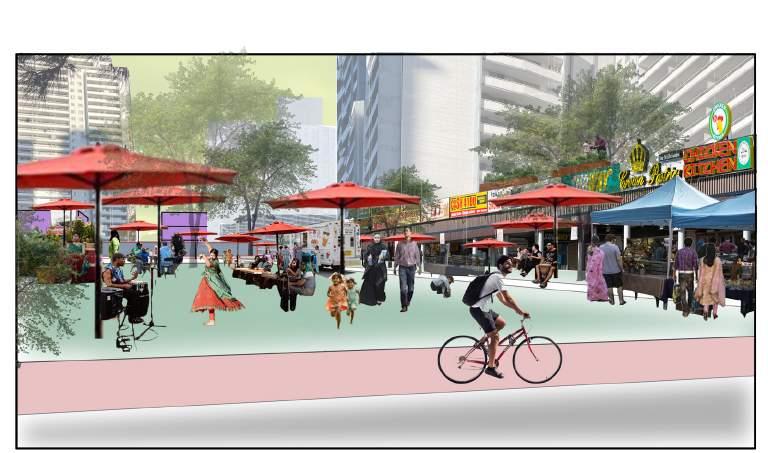
In contrast, it seems like there is more activity on weekends in the St. James Town neighbourhood. People may use the open communal area most actively for the weekend small business market. Though it appears to be simply another day in the town, this area might be used flexibly for outdoor eating businesses along with tasks like grocery shopping. As word of mouth is crucial in this situation, it promotes the community to profit from small businesses.
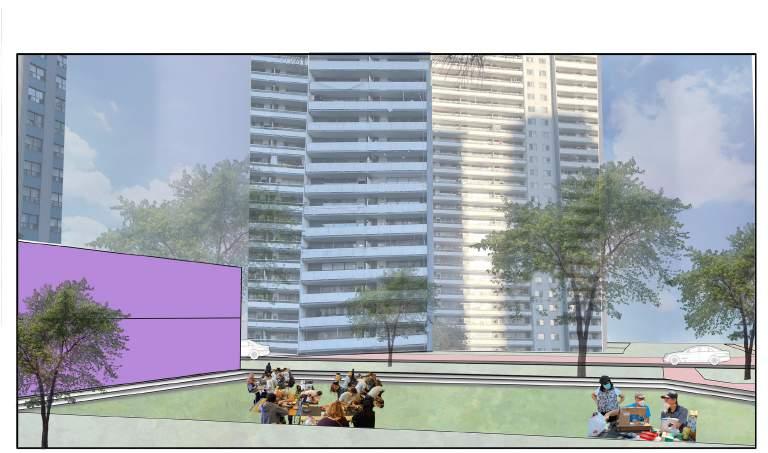
An educational space can double as an outdoor workshop on a typical day for those who wish to learn how to use tools, sew clothes, and perform smallscale house repair tasks on their own. When the community wants to know fundamental daily information, the stakeholders may approach them during a regular day.
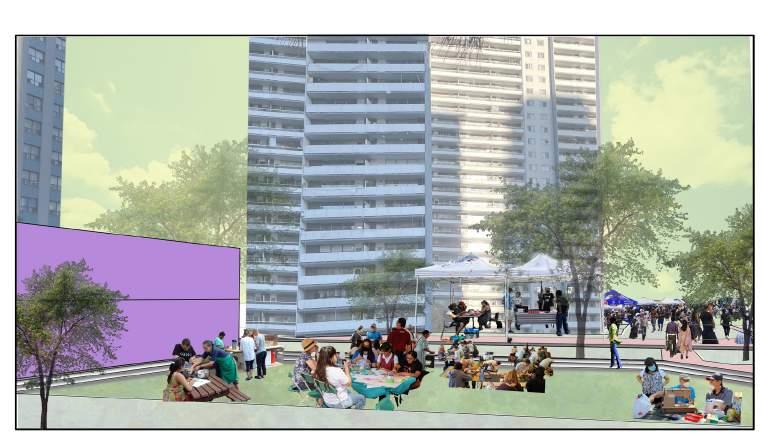
On weekends, adults, kids, and senior citizens could all get educational programming in the same location. The community could potentially use this area as a creative activity space. The area behind these stair-step seating could be utilized for festivals or events. The entire area has the potential to provide a flexible program depending on the situation.
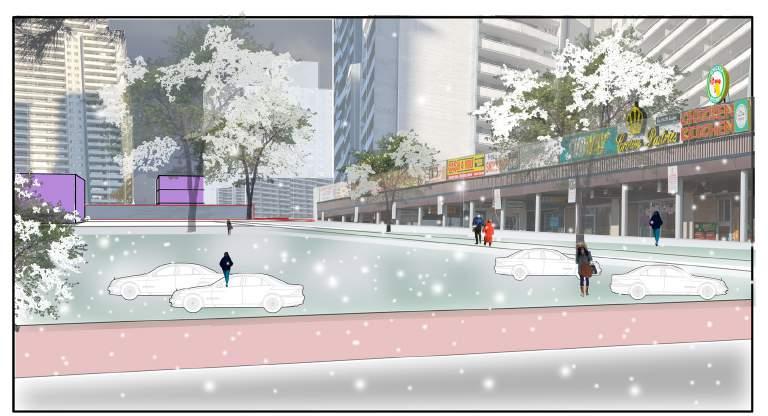
The area might be used for parking for the nearby restaurants and retail stores since winter is the most difficult time for several people and they dislike being outside.
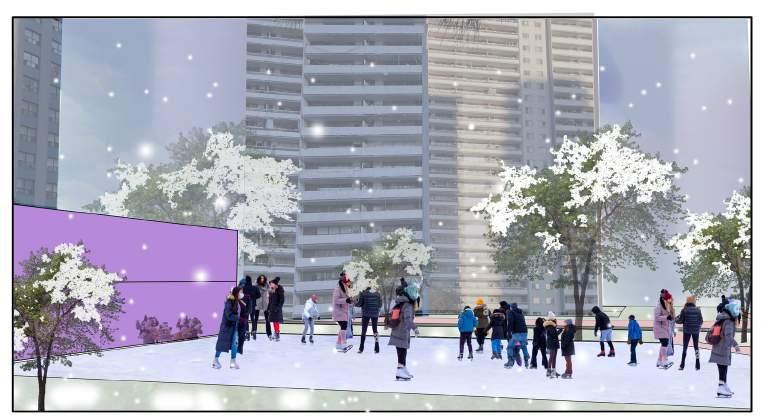
This area near Parliament Street and Wellesley Street may be completely covered in ice, which makes it the ideal place for ice skating lovers. In addition, the outdoor workshop area may be relocated to the multipurpose building next to it, allowing people to continue using it for everyday purposes.
https://www.toronto.ca/data/parks/maps/centres/index.html
https://www.toronto.ca/
https://www.ncbi.nlm.nih.gov/pmc/articles/PMC4627052/
https://systematicreviewsjournal.biomedcentral.com/articles/10.1186/s13643-022-01896-6
https://www.mentalhealthcommission.ca/wp-content/uploads/drupal/2019-03/irer_report_mar_2019_eng.pdf
https://bmjopen.bmj.com/content/7/11/e018265
https://link.springer.com/article/10.1007/s00127-008-0373-6
https://storymaps.arcgis.com/stories/ef266f260d6c4e0fbec46ec1bb2828ed
https://www.toronto.ca/ext/sdfa/Neighbourhood%20Profiles/pdf/2016/pdf1/cpa61.pdf
https://www.tccld.org/wp-content/uploads/2012/11/StJamesTown_2011-12_CRNA.pdf
https://www.toronto.ca/data/parks/maps/index.html?marker=2420
https://storymaps.arcgis.com/stories/75a4e0aed8b44312b538ba975ec4c5f0
https://www.tccld.org/wp-content/uploads/2012/11/CNA-NIPA-KAR.pdf
https://www150.statcan.gc.ca/n1/pub/11f0019m/11f0019m2005255-eng.pdf
https://www.tccld.org/wp-content/uploads/2012/11/StJamesTown_2011-12_CRNA.pdf
https://www.wellesleyinstitute.com/wp-content/uploads/2012/07/Fact-Sheet-20100922-Health-in-neglected-urban-neighbourhoods.pdf
https://greenresilience.ca/community-summary-report-st-james-town/
https://www.tccld.org/wp-content/uploads/2012/11/StJamesTown_2011-12_CRNA1.pdf
https://www.cmaj.ca/content/183/12/E959
https://www.cpha.ca/wellesley-institutes-st-james-town-initiative-toronto-ontario
https://schoolofcities.github.io/neighbourhood-income-toronto-2020/
https://thelocal.to/a-mental-health-crisis-in-little-bangladesh-410a11d3fa4f/
https://storymaps.arcgis.com/stories/3af3dd0830ad441293e0a0391182601e
https://www.toronto.ca/legdocs/mmis/2021/ec/bgrd/backgroundfile-168286.pdf
https://big.dk/projects/qianhai-prisma-towers-14924
https://greenresilience.ca/community-summary-report-st-james-town/
https://www.stjamestown.org/the-corner/
https://www.vibe105to.com/full-disclosure/top-5-south-asian-assistance-organizations-in-toronto
Cover Page Mental Health Icon - https://www.nami.org/Blogs/NAMI-Blog/August-2021/Serious-Mental-Illness-Recovery-The-Basics
Cover Page Map - https://www.google.com/
Page 3 Maps - https://schoolofcities.utoronto.ca/
Site Images - Ashna Modi
Notice:
Studio Work by Ashna Modi, John H. Daniels Faculty of Architecture, Landscape and Design, University of Toronto. 2023
Permission to use, copy, modify, or distribute this work in whole or in part is not granted without prior written consent. For permissions, please contact modiashna@gmail.com.
When using or referencing this work, please provide proper attribution to Ashna Modi with a link back to the original source.
Unauthorized use, reproduction, or plagiarism of this work without permission is strictly prohibited.